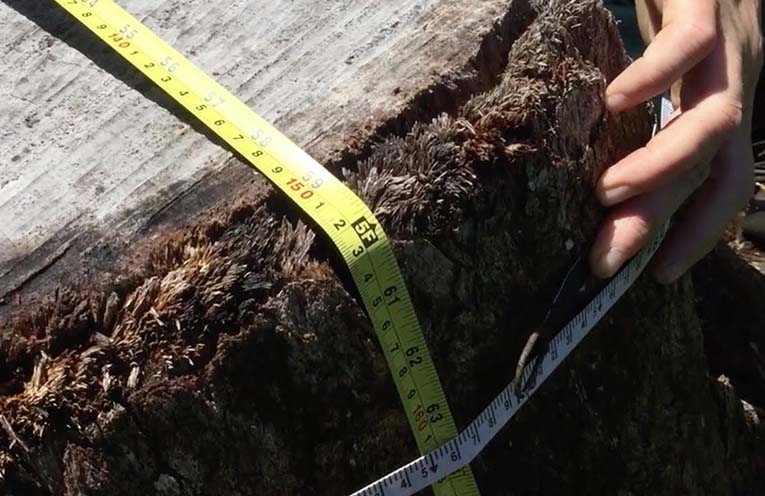
THE Forest Stewardship Council has been involved in improving forest management globally for 25 years, promoting sustainable use, conservation and restoration of forests.
It has a certification process that helps companies identify sustainably-sourced timber.
 Advertise with News of The Area today.
Advertise with News of The Area today.It’s worth it for your business.
Message us.
Phone us – (02) 4981 8882.
Email us – media@newsofthearea.com.au
Tim Cadman, a forestry expert from Griffith University, said that flaws in the way Forestry Corporation NSW (FCNSW) identifies plantations makes certification of sustainably-sourced timber problematic in New South Wales.
He said there does not appear to be any way of ensuring that timber being classified as plantation timber does not include remnant native forest timbers from inside a plantation or native timber adjoining a plantation even though it is certified as such under an alternative certification scheme, the Australian Forestry Standard.
Dr Cadman has a number of videos on YouTube, with a recent video indicating that the designation of a plantation in Orara East State Forest is not entirely accurate.
In response, a spokesperson for FCNSW told News Of The Area that Forestry Corporation designated the area as a plantation in consultation with the Department of Primary Industries’ Plantations Unit, which provided final approval based on a demonstrated history of plantation establishment and evidence of ongoing plantation management.
The spokesperson said some timber plantations, such as within Orara East State Forest, contain ‘retained vegetation’, which are trees and patches of trees that were already growing in the area before the plantation was established.
He said trees that were growing prior to the plantation’s establishment and classified as remnant trees are protected and not harvested.
Dr Cadman said he is not necessarily against logging, and while he believes forests are needed to mitigate climate change, ensure water security and provide habitat for native animals, understands we also need timber.
“From an ecological perspective, a plantation is an area that is planted specifically as a plantation,” he said.
However, according to Dr Cadman, under the Plantation Act (1990), any regrowth can be classified as plantation, which means that any state forest that has been logged at any time in the past can be classified as plantation under the Act, even if it has grown back as an effective native forest.
For example, he said, areas of Wild Cattle Creek are classified currently identified in the state Defined Forest Area classification system as native forest, but Forestry Corporation contractors have logged these areas as “plantation”.
Dr Cadman said he has made his method for identifying original native forests inside plantations public and wants FCNSW to do the same, for comparison.
At the same time, the North East Forest Alliance (NEFA) has called on FCNSW to halt logging in the Wild Cattle Creek State Forest.
NEFA spokesperson Dailan Pugh said, “At the same time the NSW Government is spending millions of dollars buying private land for koalas and planting trees, on public land, they are paying millions to log and clear koala habitat identified as a priority for protection by their own government.
“And now they are in the process of clear felling another 68ha of identified high quality Koala habitat, of which 16ha is part of a Koala hub, and converting it to a blackbutt plantation.”
Mr Pugh said that, up until 2020, the area in question was classed as native forest, but FCNSW had this koala habitat reclassified as a plantation based on a claim that, in the 1960s someone scattered some seed around.
“Scattering seed around after logging was a common practice 50 years ago, but scattered blackbutt seed in a natural blackbutt forest doesn’t make it a plantation,” he said.
“Now they can legally clear fell it, and sell the timber as plantation timber.”
Dr Cadman said, ultimately, there should be a parliamentary inquiry into the sustainability of Forestry Corporation’s operations.
“Our plantations have been so badly managed over the past twenty years that the timber is only good for pulp and pallets.”
By Andrew VIVIAN
